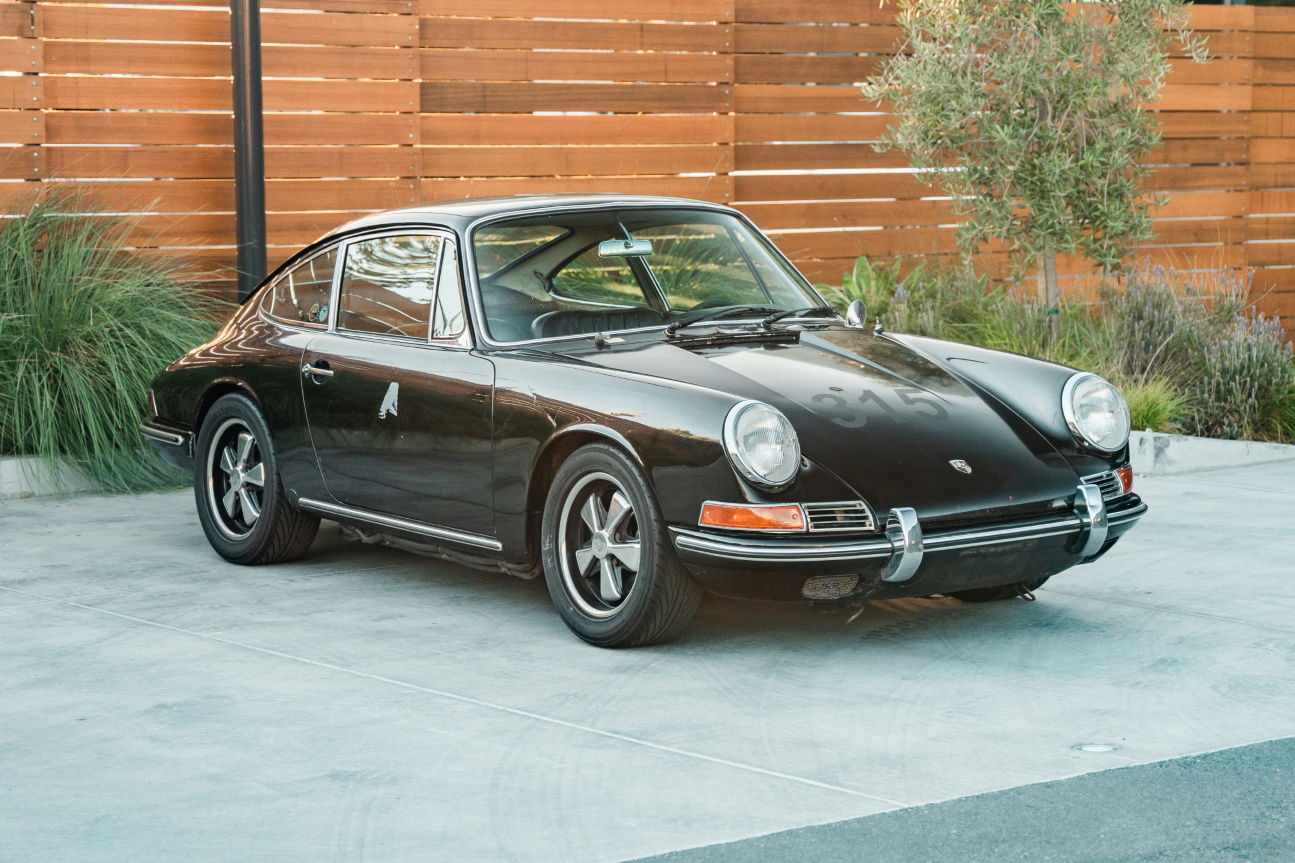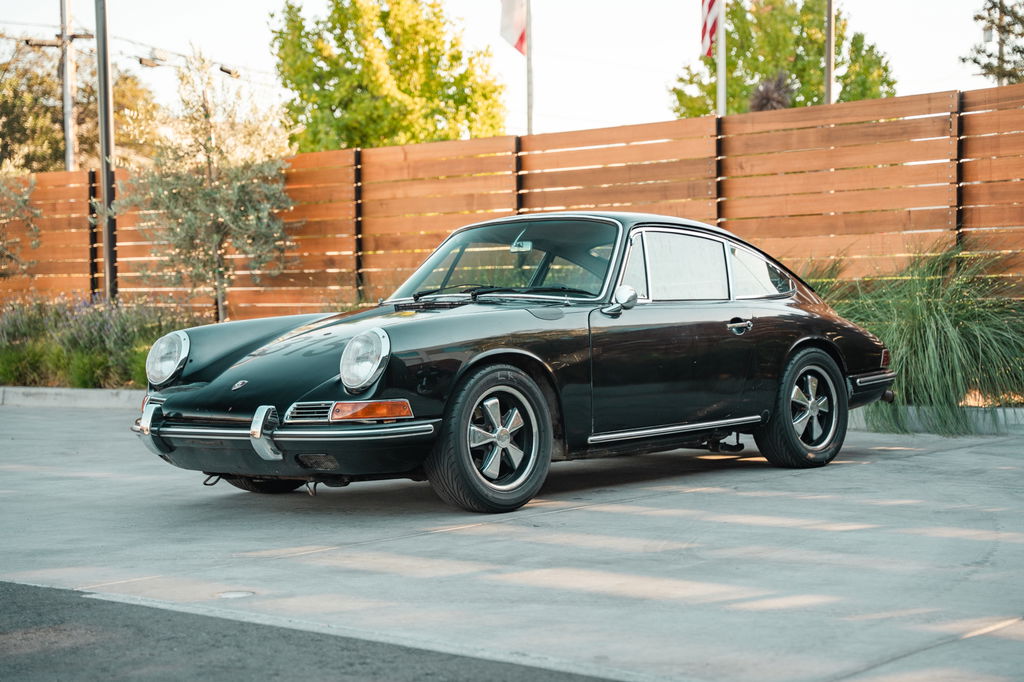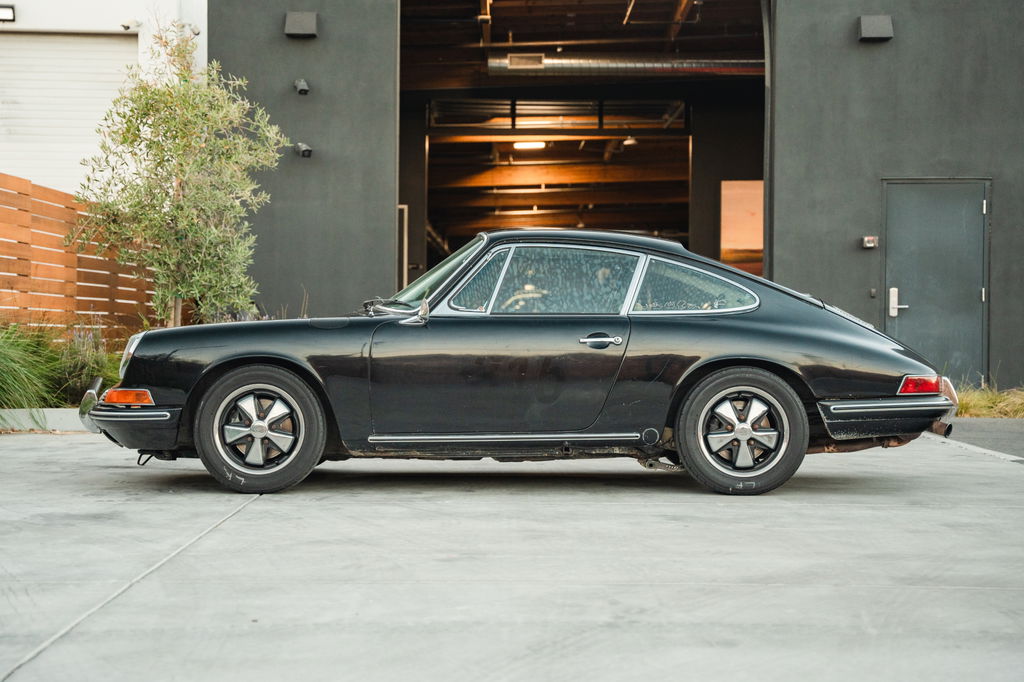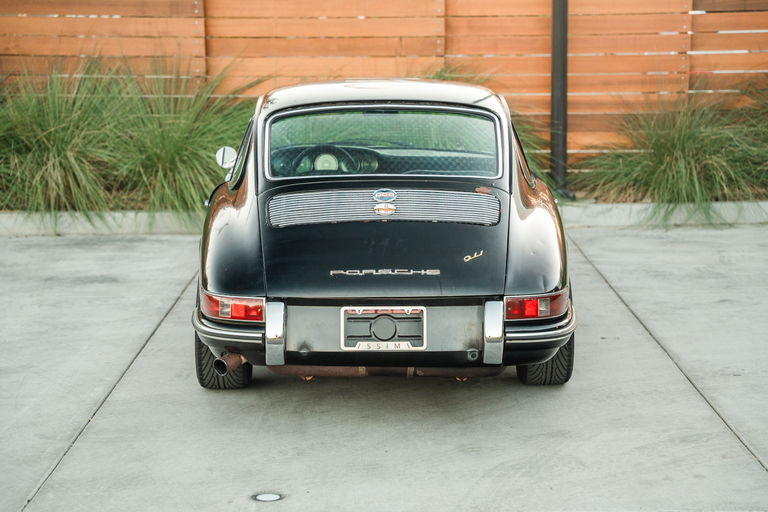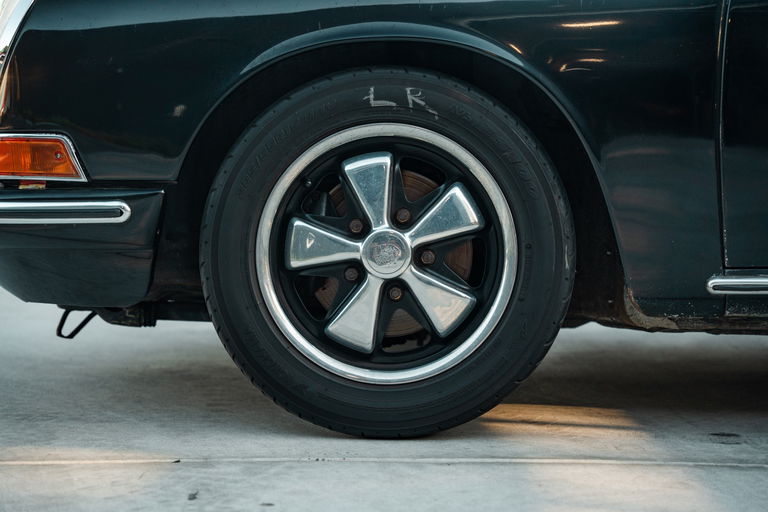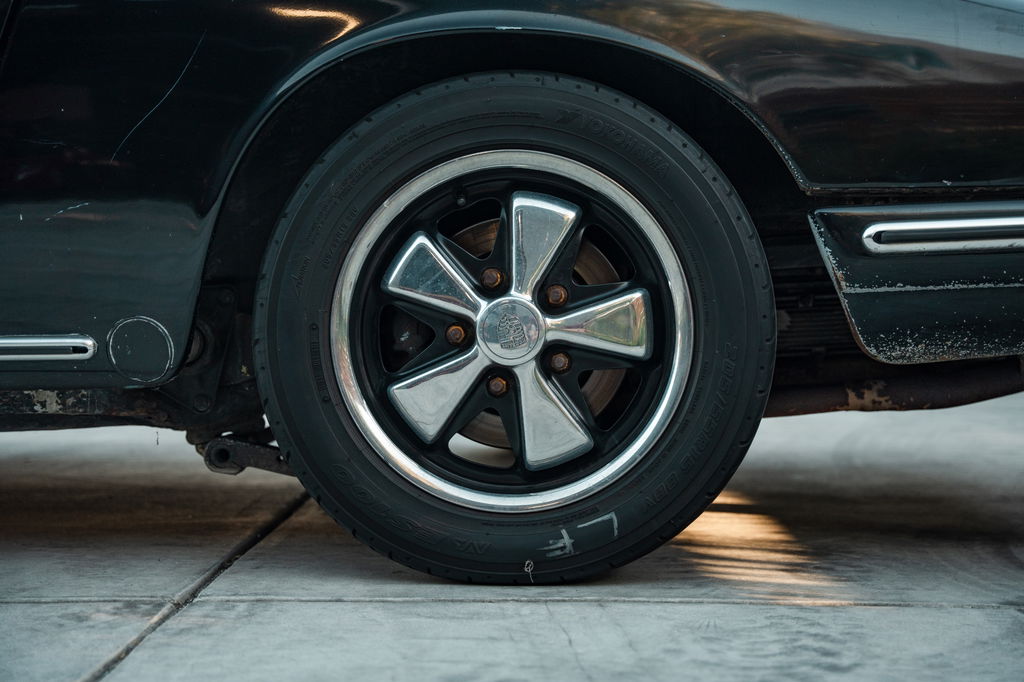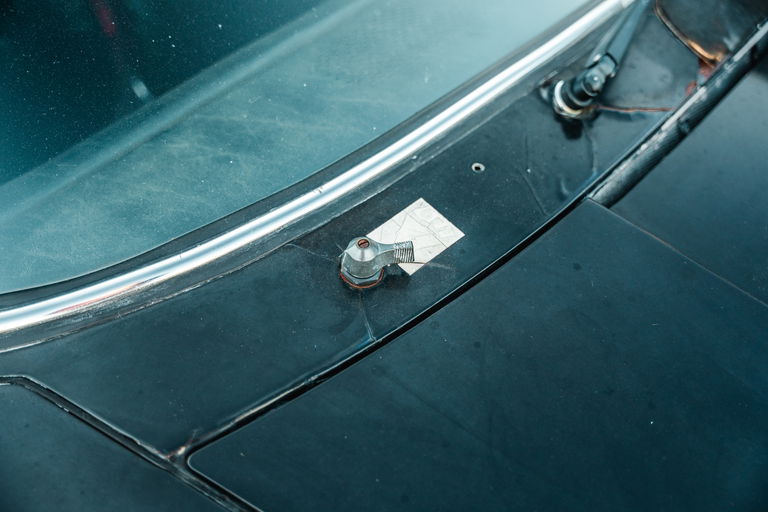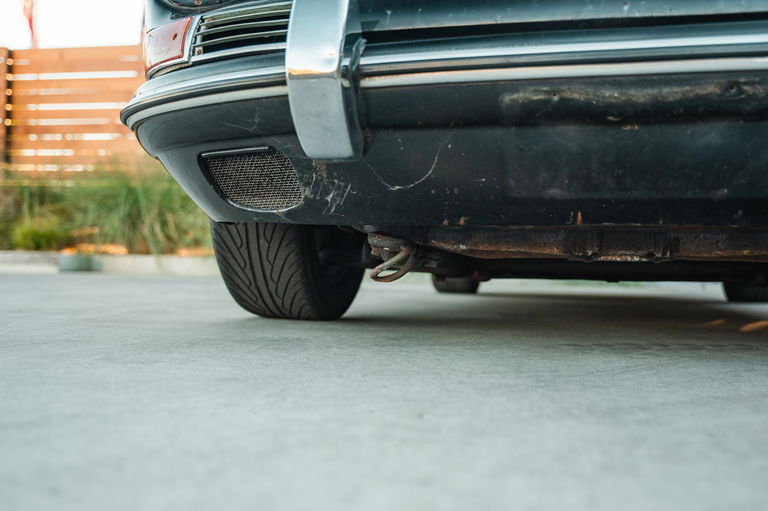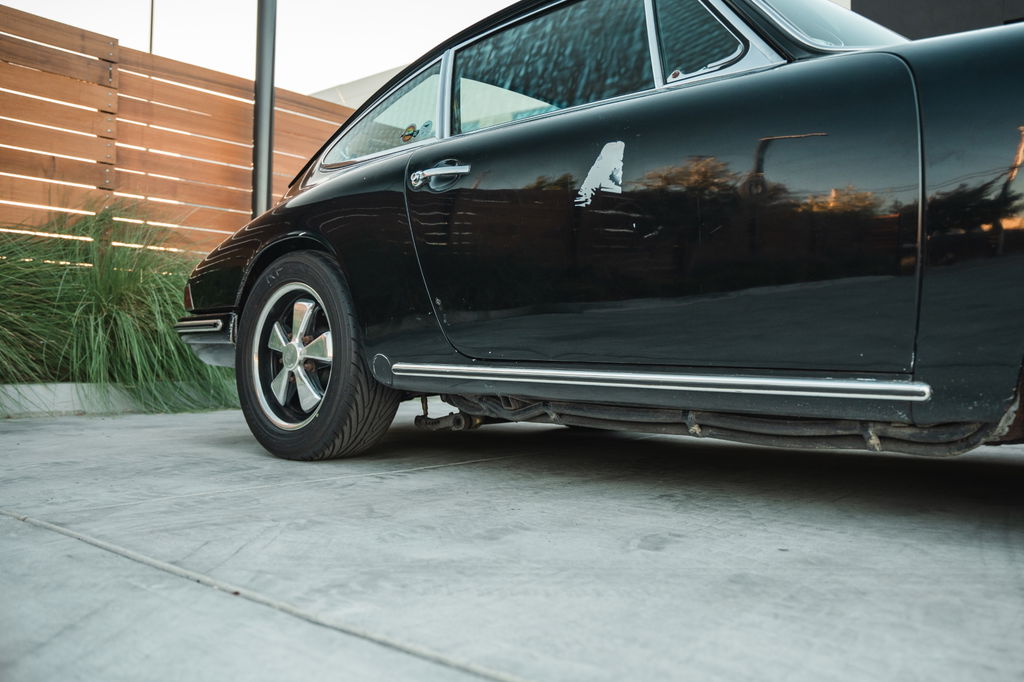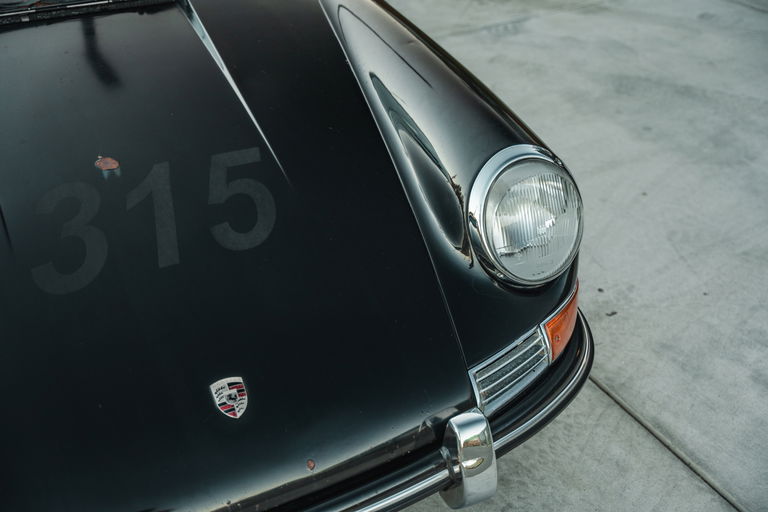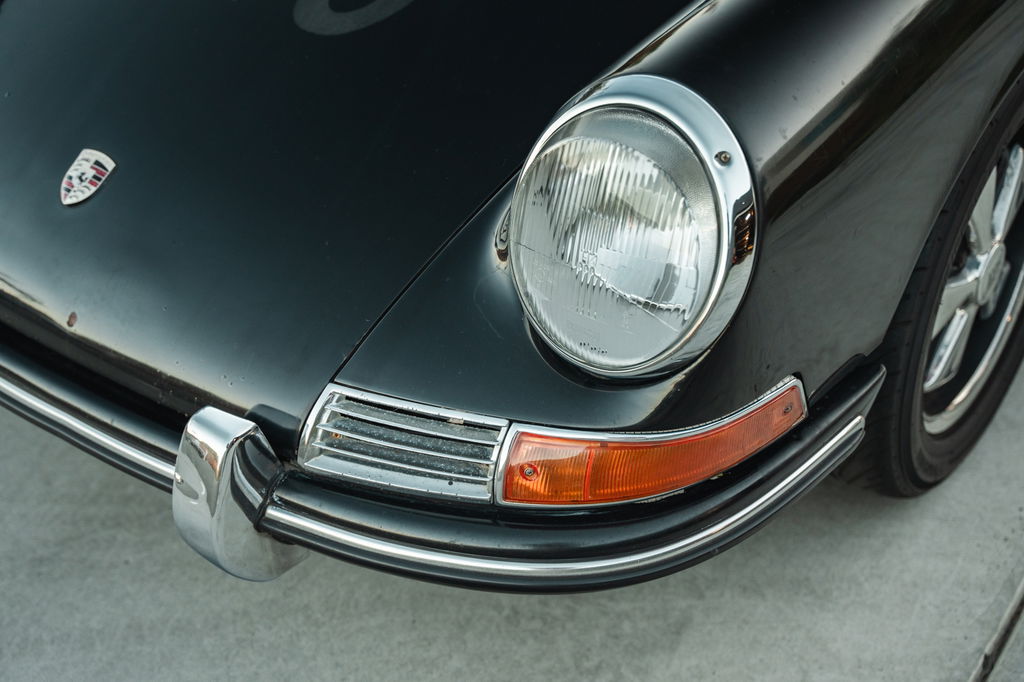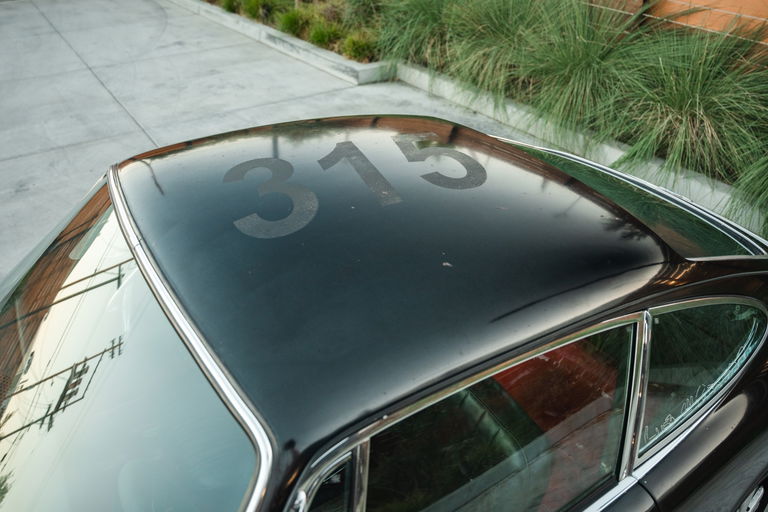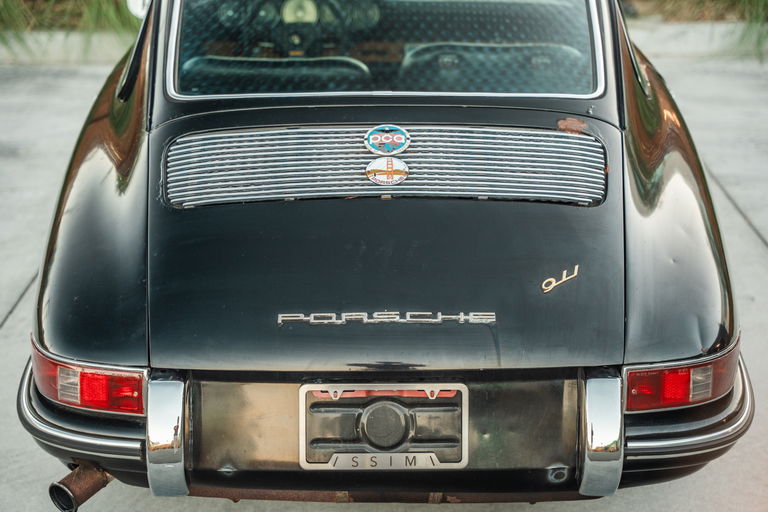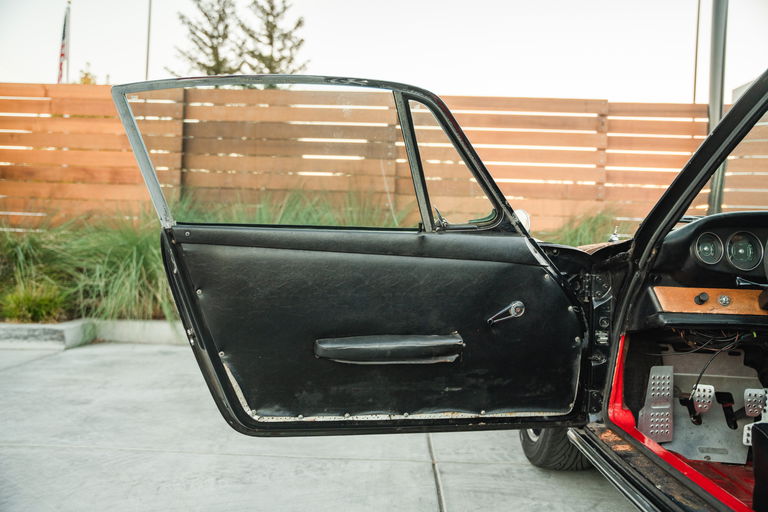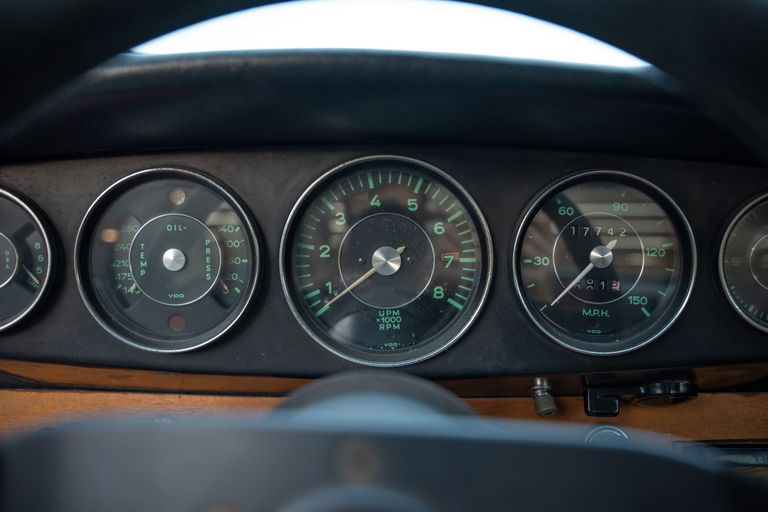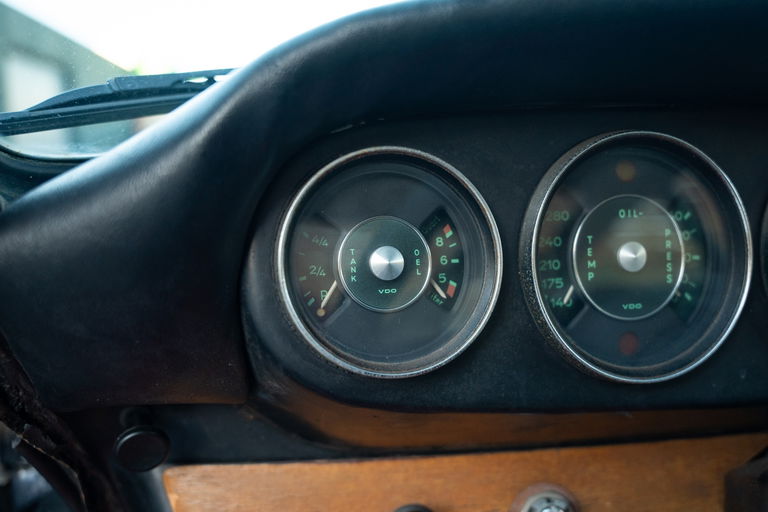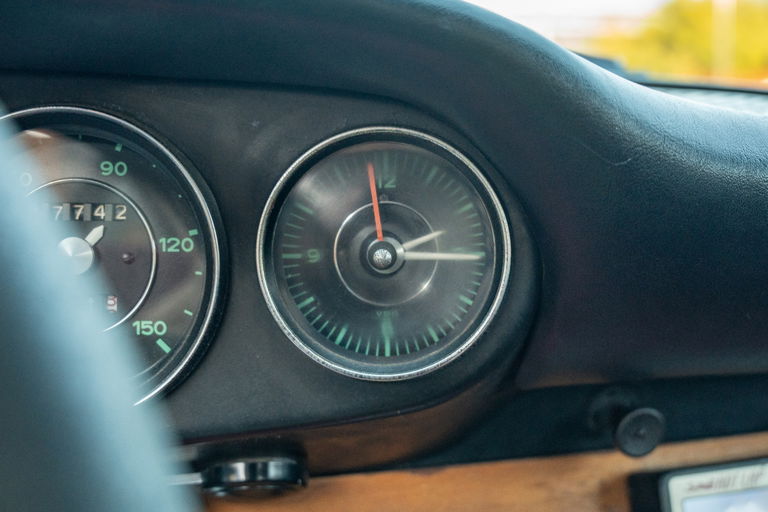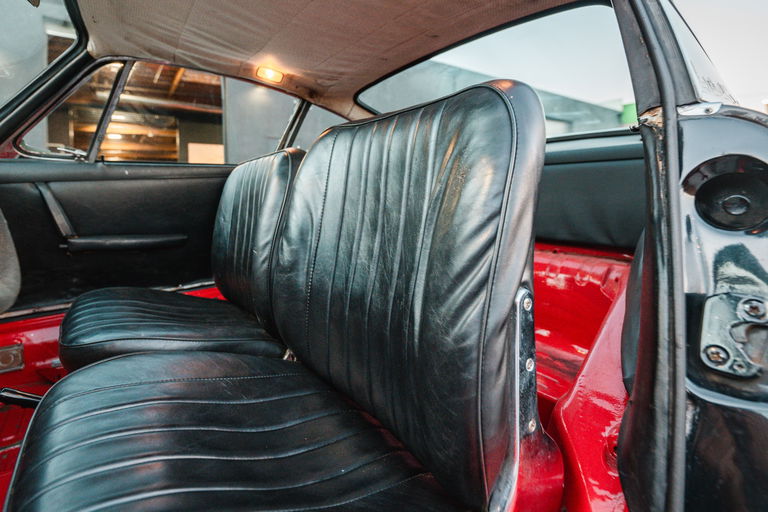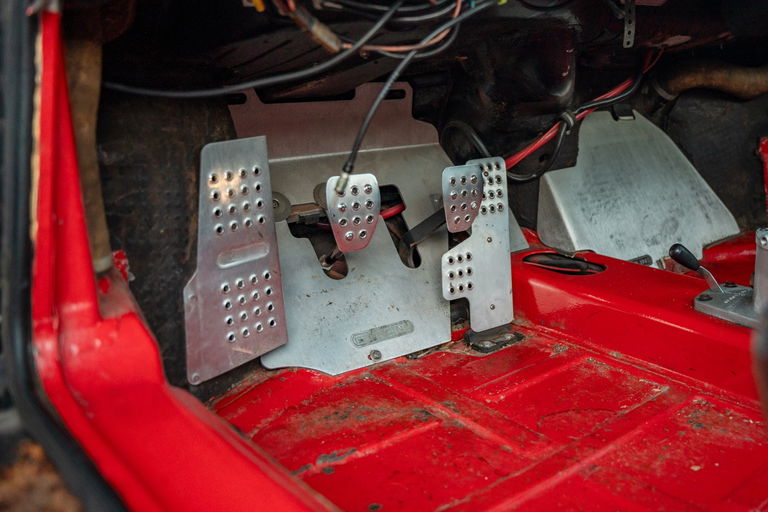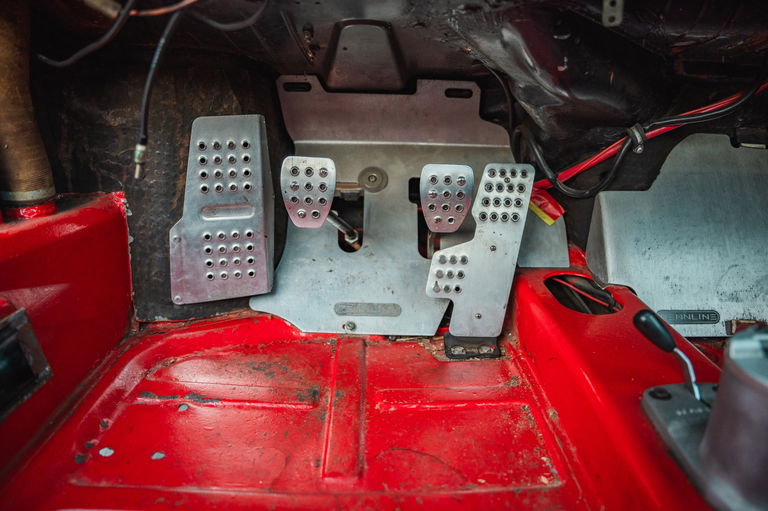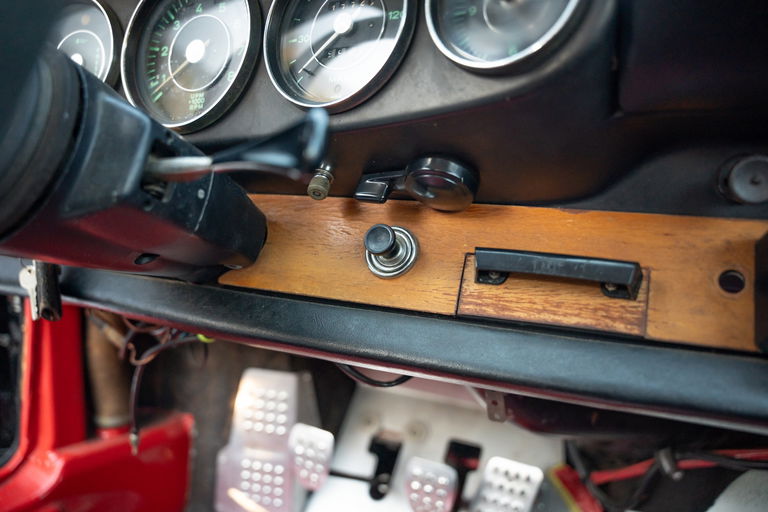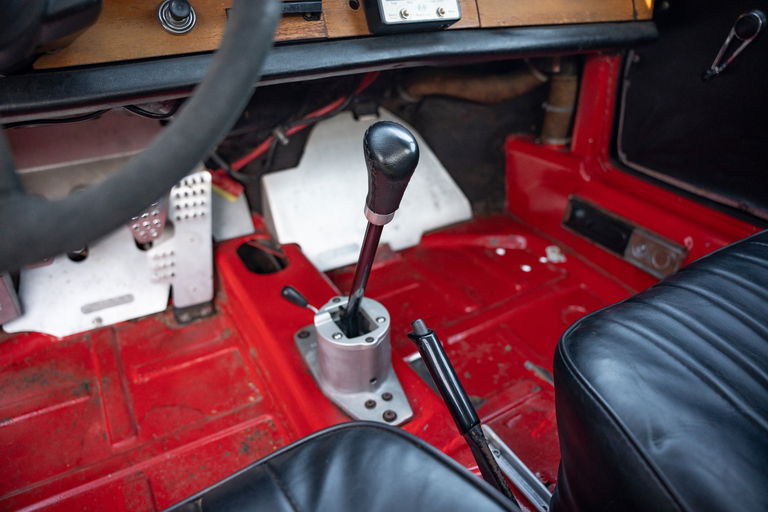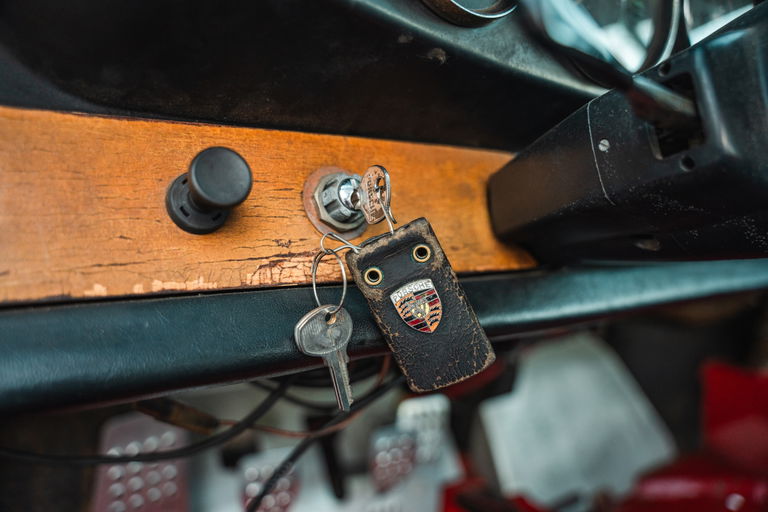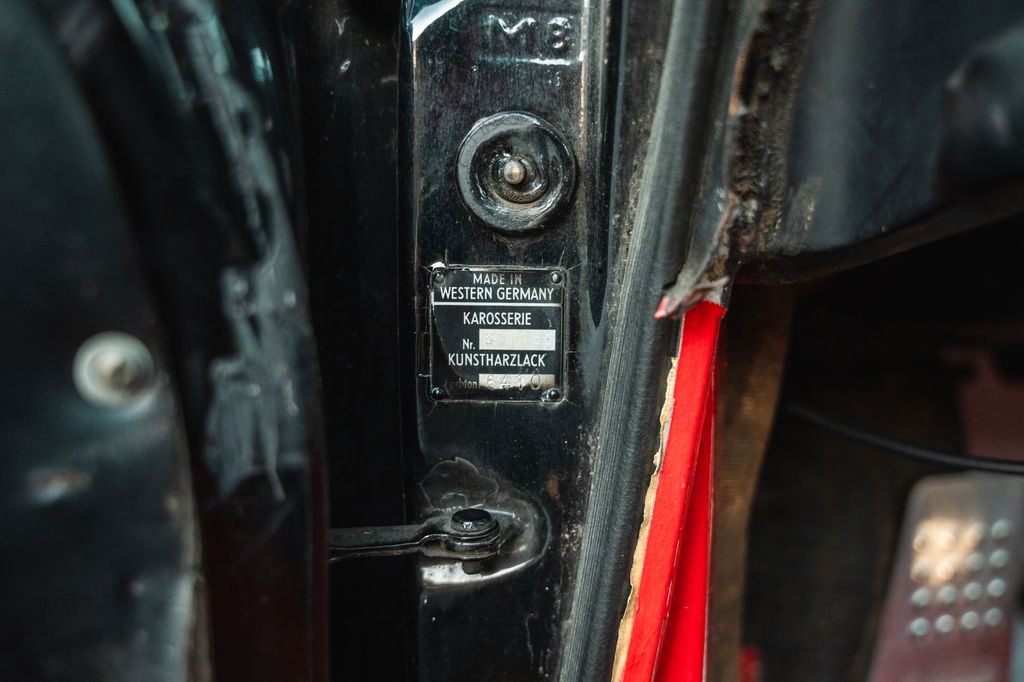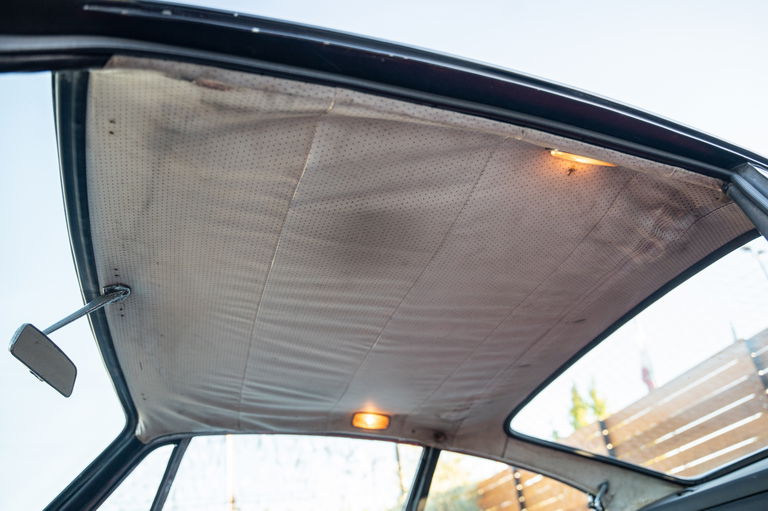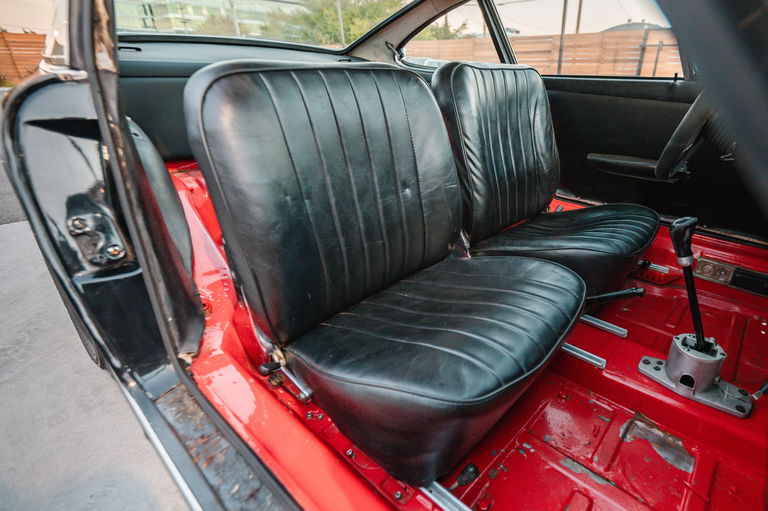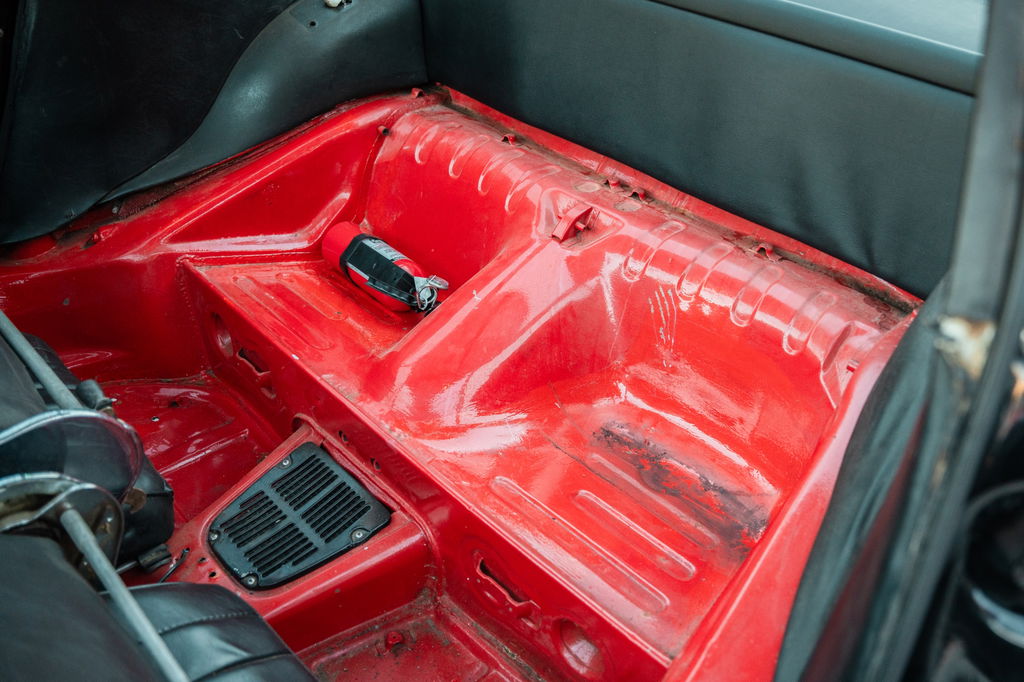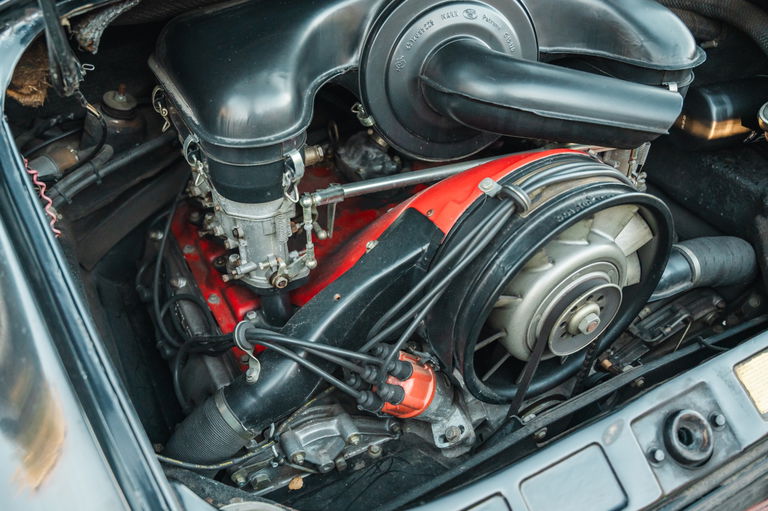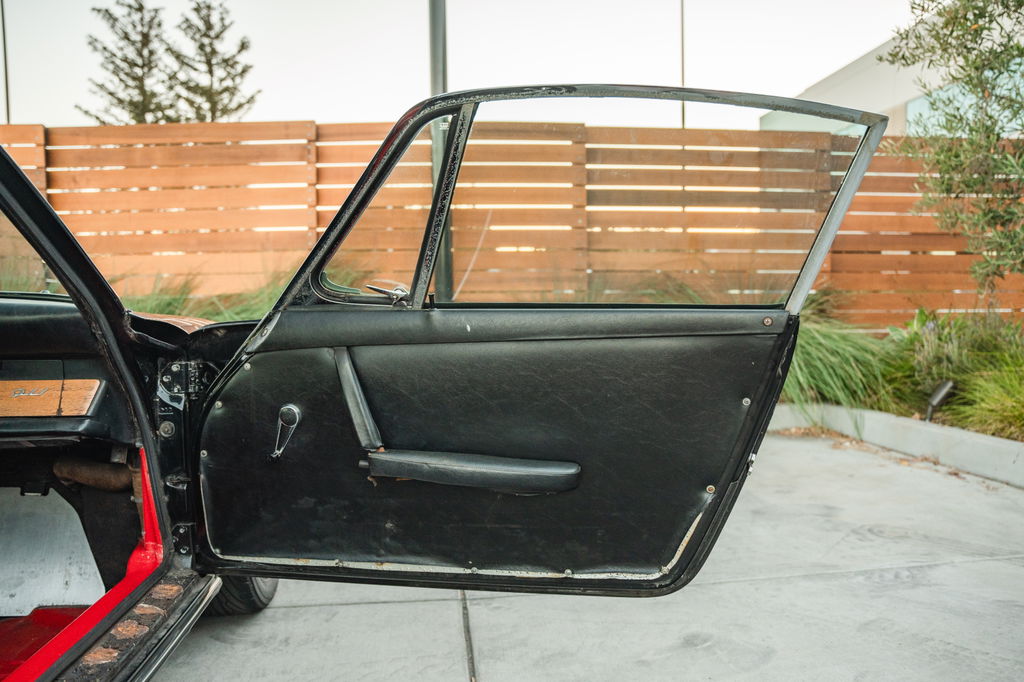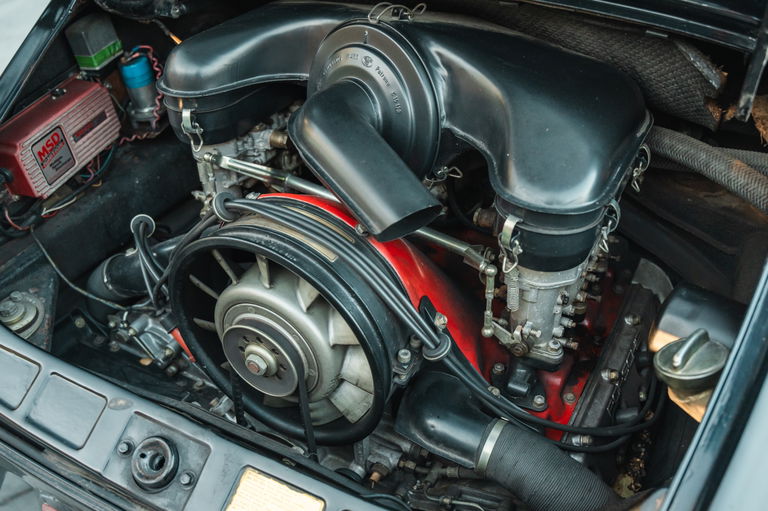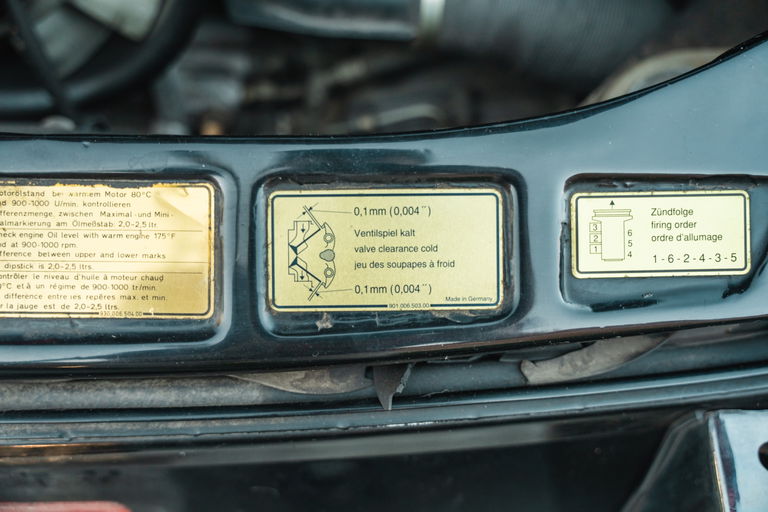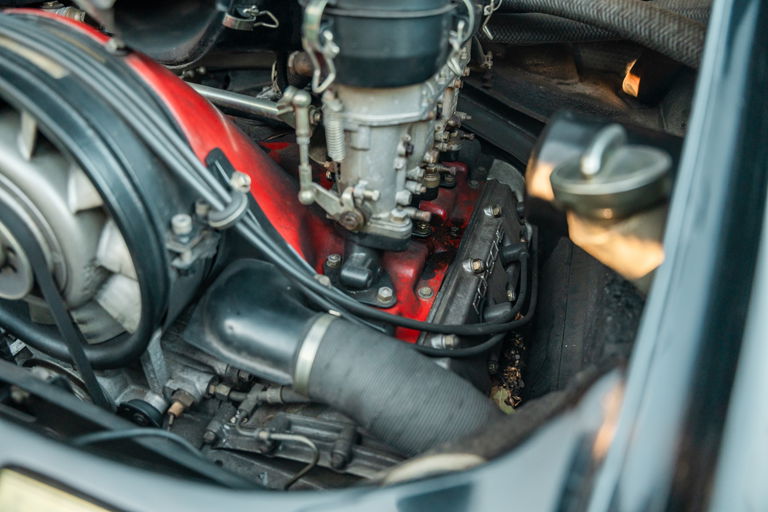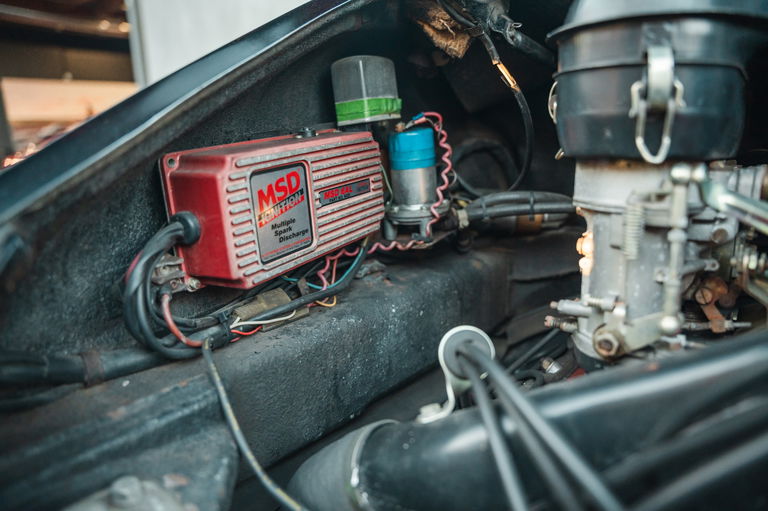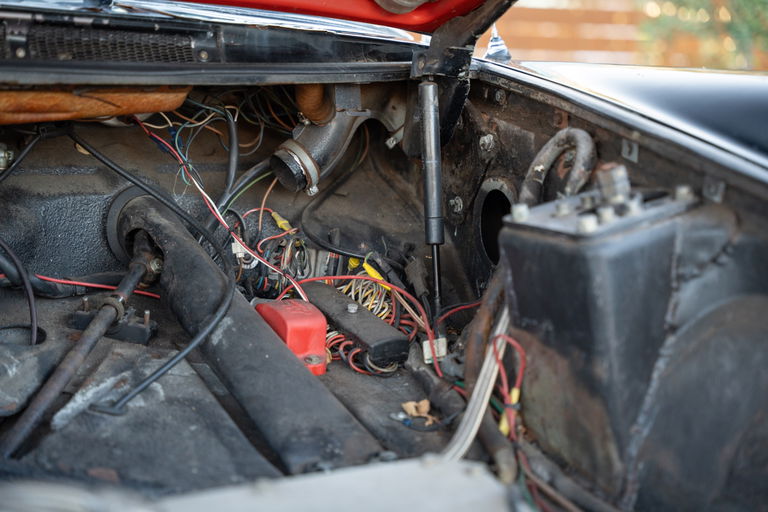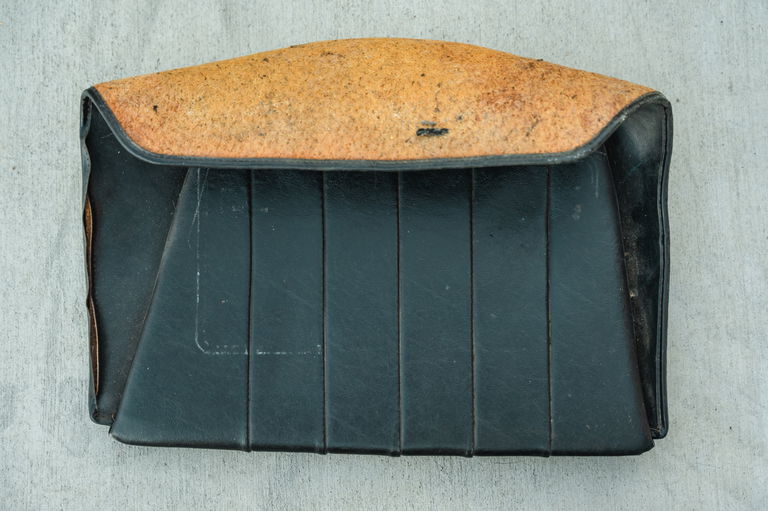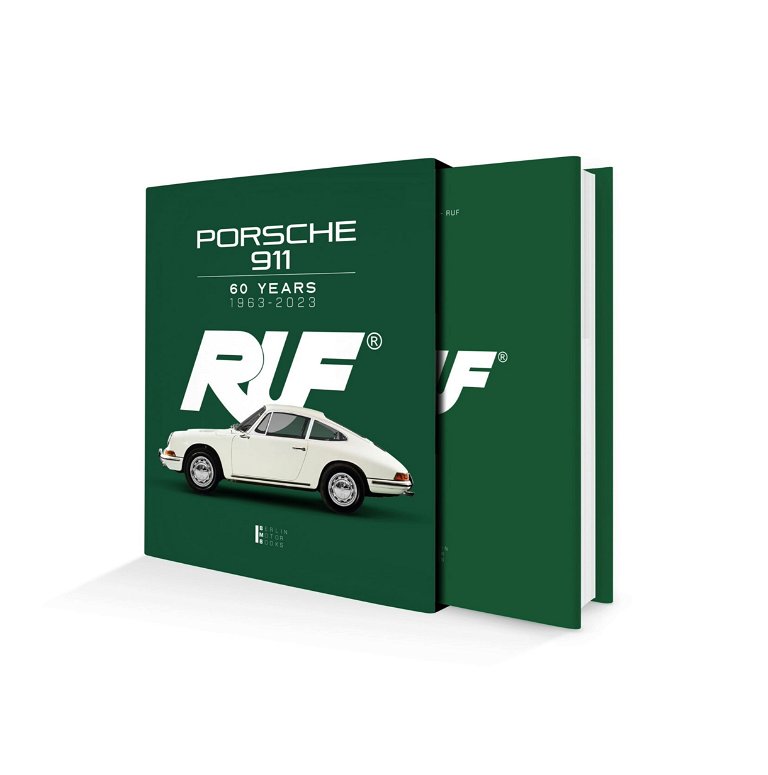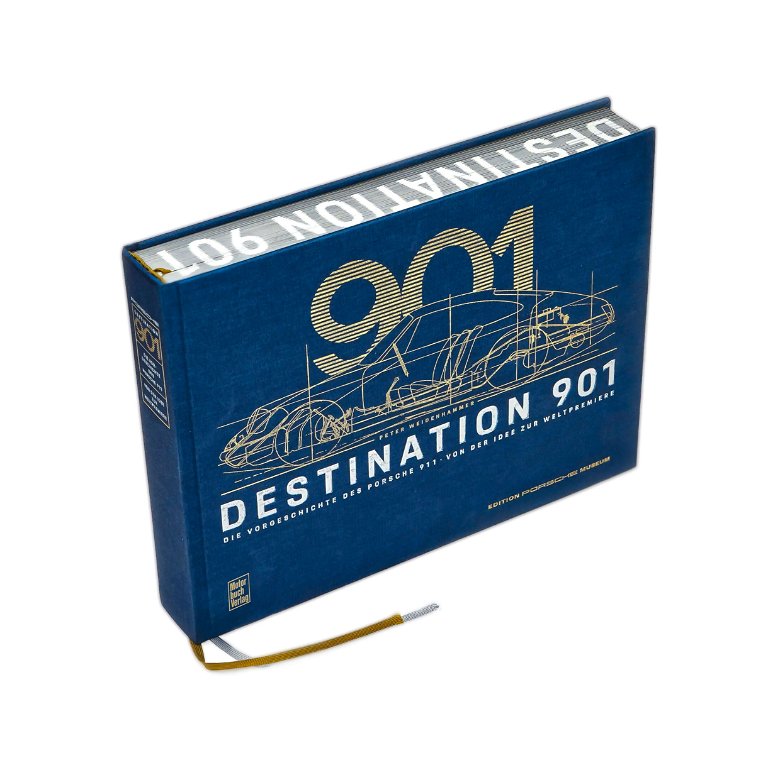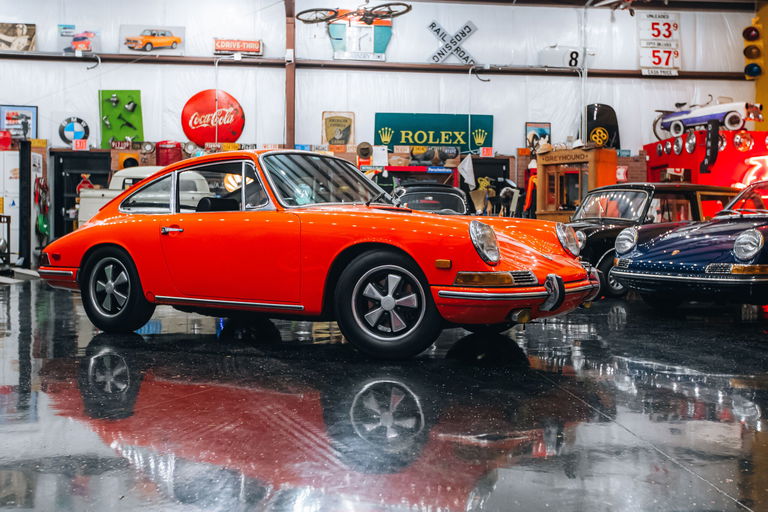These days, the Porsche 911 is widely considered to be the quintessential sports car. In production for over 60 years, although the car has changed over the decades, the spirit of the 911 has always persisted. But to truly understand how we got to the modern day, we need to go back to the beginning. From Porsche’s founding in 1948 until 1963, they offered a single road car – the 356. Although there were many variations and revisions over the years, the car wasn’t changed significantly and was always fitted with an air-cooled flat-4 in the rear. When the time came to replace the 356 in 1964, the ethos stayed the same, but the body was refined, and the engine in the back grew from a 4-cylinder to a 6-cylinder. Originally known as the 901, the name was quickly changed to the 911 due to a copyright dispute with Peugeot, and with that, a legend was born. These first 911s are some of the most exciting to drive, featuring a revvy 2.0-liter engine and a short wheelbase that amplifies the 911’s notorious tail-happy nature.
This 1965 Porsche 911 is a very interesting example that has been modified for race use over the years. The car is currently finished in black over a red base car, with the red paint showing through on the interior and under the hood and rear decklid. The paint shows significant patina around the car, including some peeled paint in areas and the remnants of old racing numbers ghosted on the front bonnet. In Europe, there is a robust racing series for these early 911s, and this car is a prime candidate for that. This example was set up by the head of PCA’s racing division, so it drives spectacularly and is currently set up for street use. Although this car has been extensively modified for track use, it has been lovingly cared for over the years and retains nearly all of the original records back to new, as well as the 1965 record books. Sitting on a set of chrome Fuchs 5-spoke wheels, it comes with two pairs of spare wheels, including the original steel wheels that have been powder-coated silver.
The interior is largely stripped out but does retain some of the classic early 911 hallmarks. The carpet has been entirely removed and the floor is simply red painted metal, but the door cards and rear quarter panels remain in the original arrangement. The Sparco race seats that were in the car have been replaced by the original-style low-back bucket seats which are great for street use and make the car simple to get in and out of. Porsche fans will note the original wood dashboard has been retained as have the 5-gauge cluster with the classic green text on a black background. When you get into the driver’s seat, you are met with a 3-spoke MOMO steering wheel with an Alcantara rim, and the peddles have been replaced with drilled aluminum racing pedals that offer great grip when driving.
Sitting in the rear of the car is a 2.0-liter flat-6 that was thoroughly serviced by Porsche specialist Jerry Woods. The engine breathes through a pair of triple-choke PMO carburetors and an MSD ignition is fitted for better spark control. This engine is not the original unit to the car but instead a correct replacement from a 1966 911. The original Type 901 gearbox with its dogleg first gear has been swapped out in favor of a more easily serviceable and far nicer to use 915 gearbox that has a short shift kit and a Wevo shifter in the car. When you open the front bonnet, you notice an ATL competition fuel cell that was FIA-certified in 1999. As the car weighs less than 1,900 lbs, the 2.0-liter engine makes it feel remarkably quick, and the properly set up suspension allows you to carry tremendous speed through corners.
These early Porsche 911s are special cars with the short wheelbase only in production until 1969. As the value of early cars continues to rise, the prospect of buying one to turn into a race car is largely unrealistic, which makes buying an already converted example particularly appealing for vintage competition use. Regardless of whether or not you plan to take this car to the track or use it as a fast road car on the weekends, nothing compares to the nimble chassis, revvy small-displacement flat-6, and a sub-1900 lb curb weight from behind the wheel.
